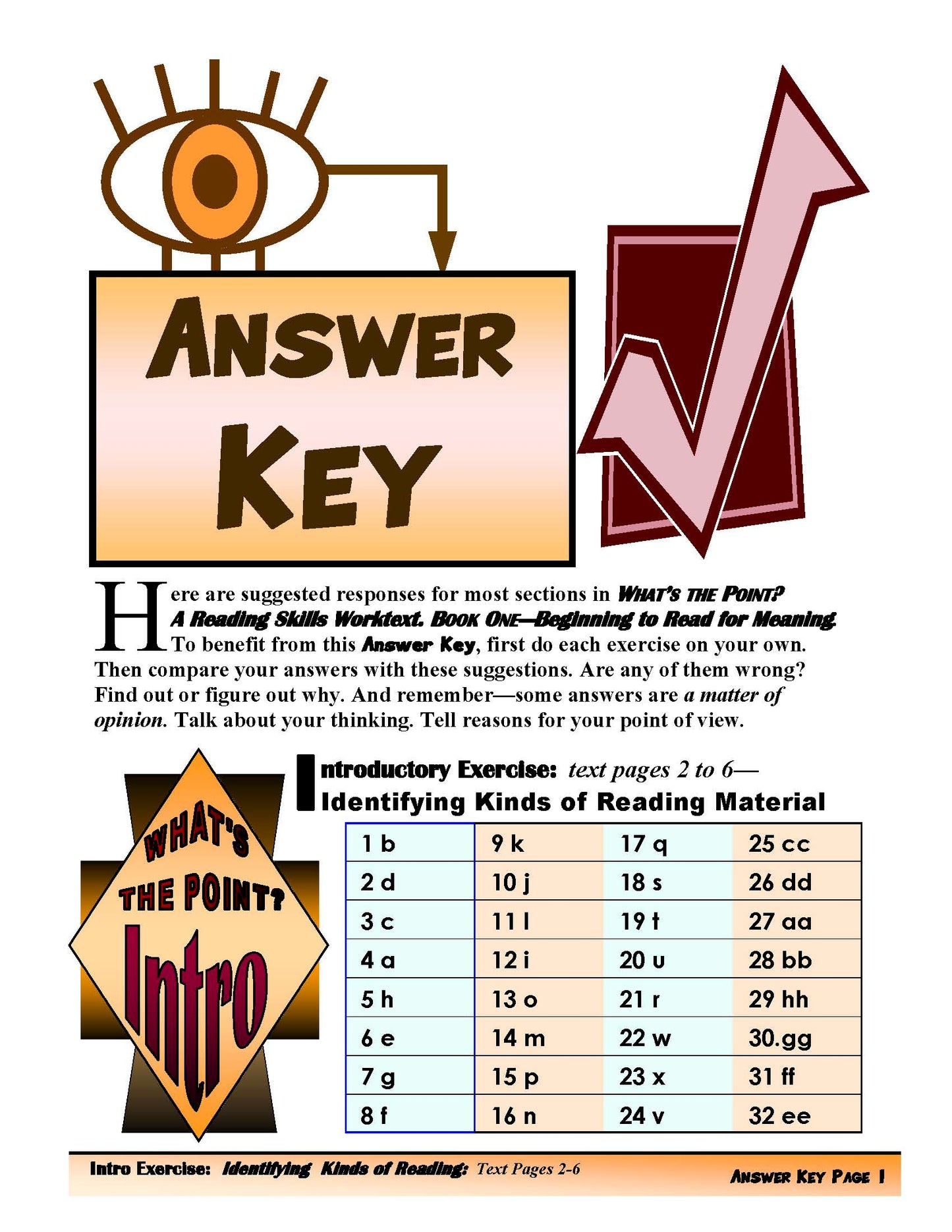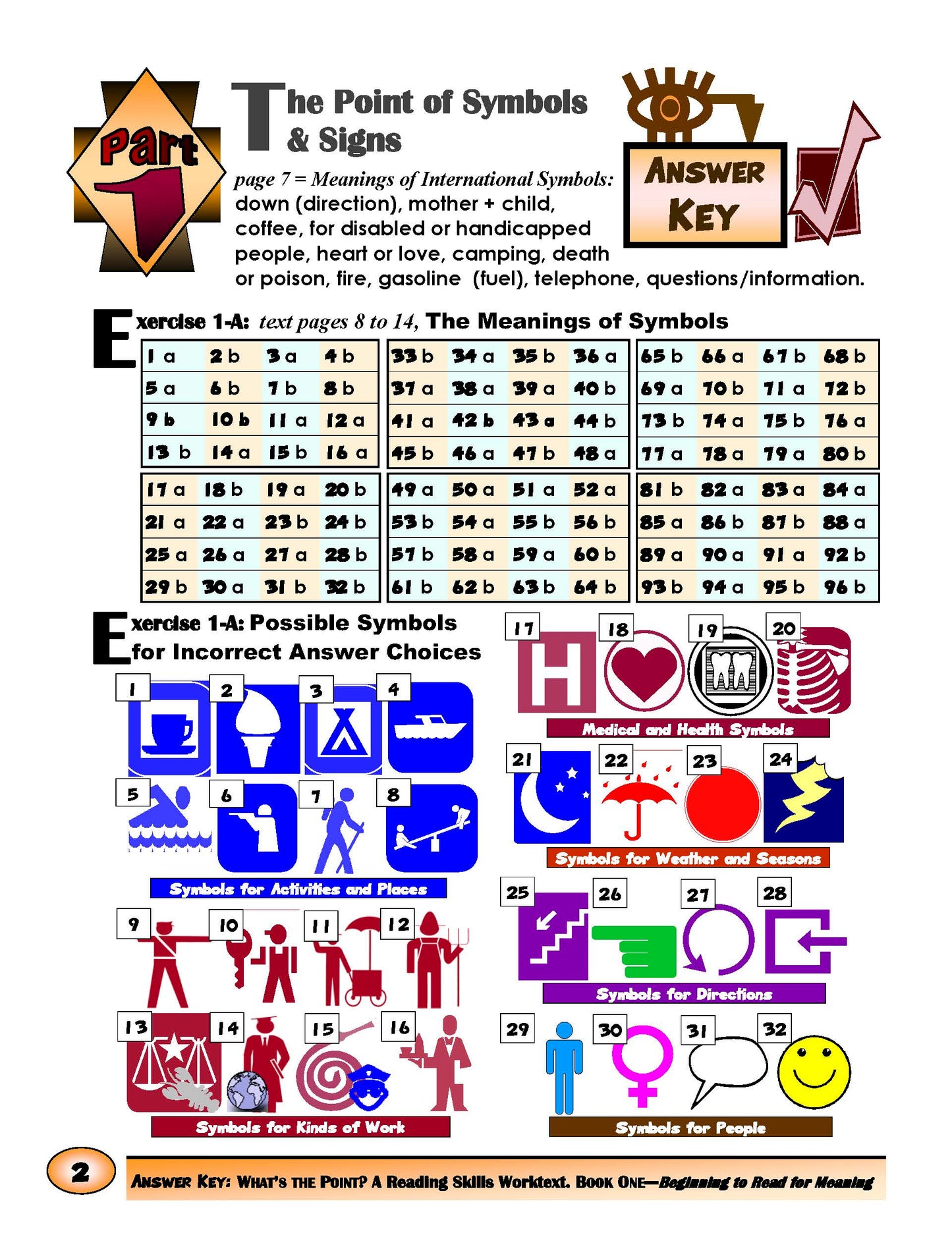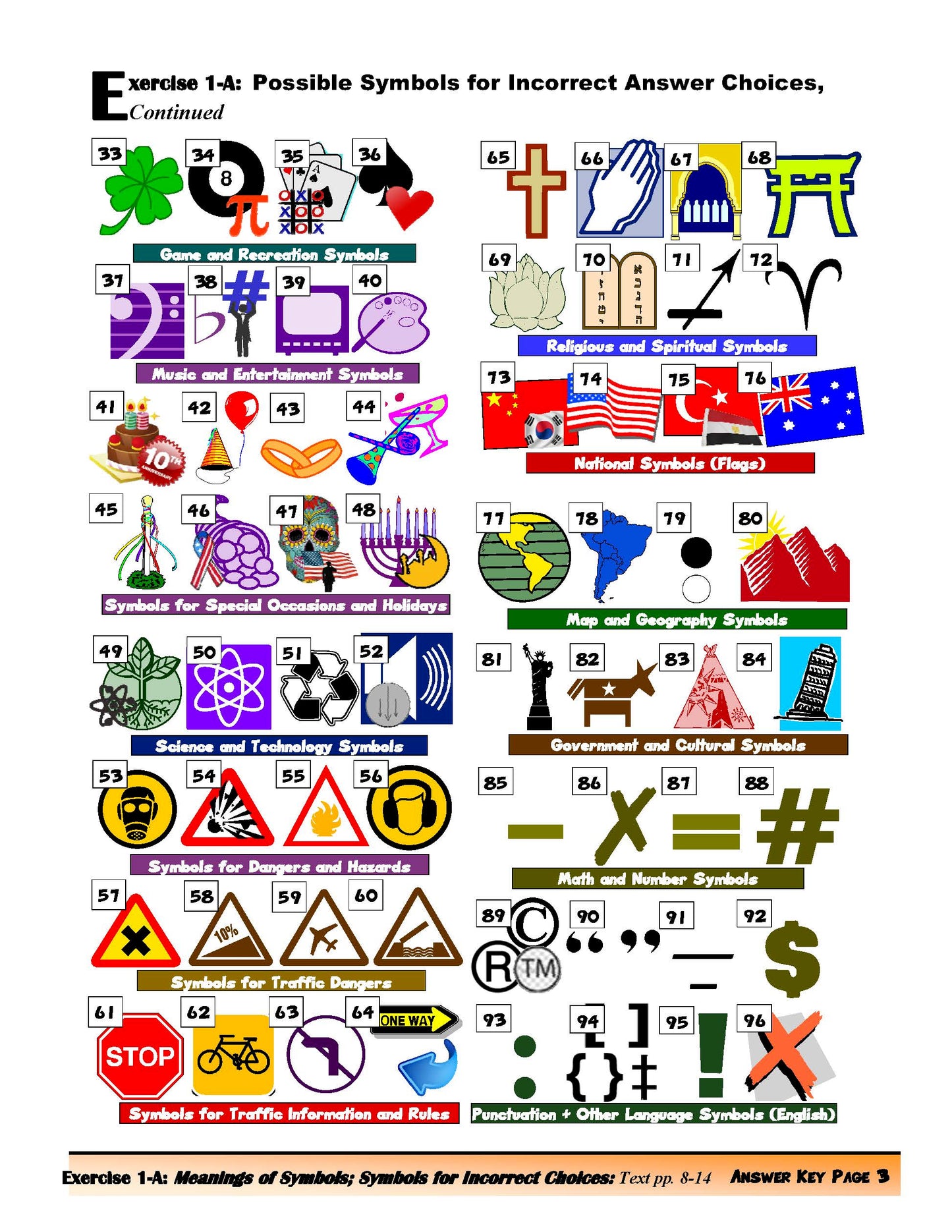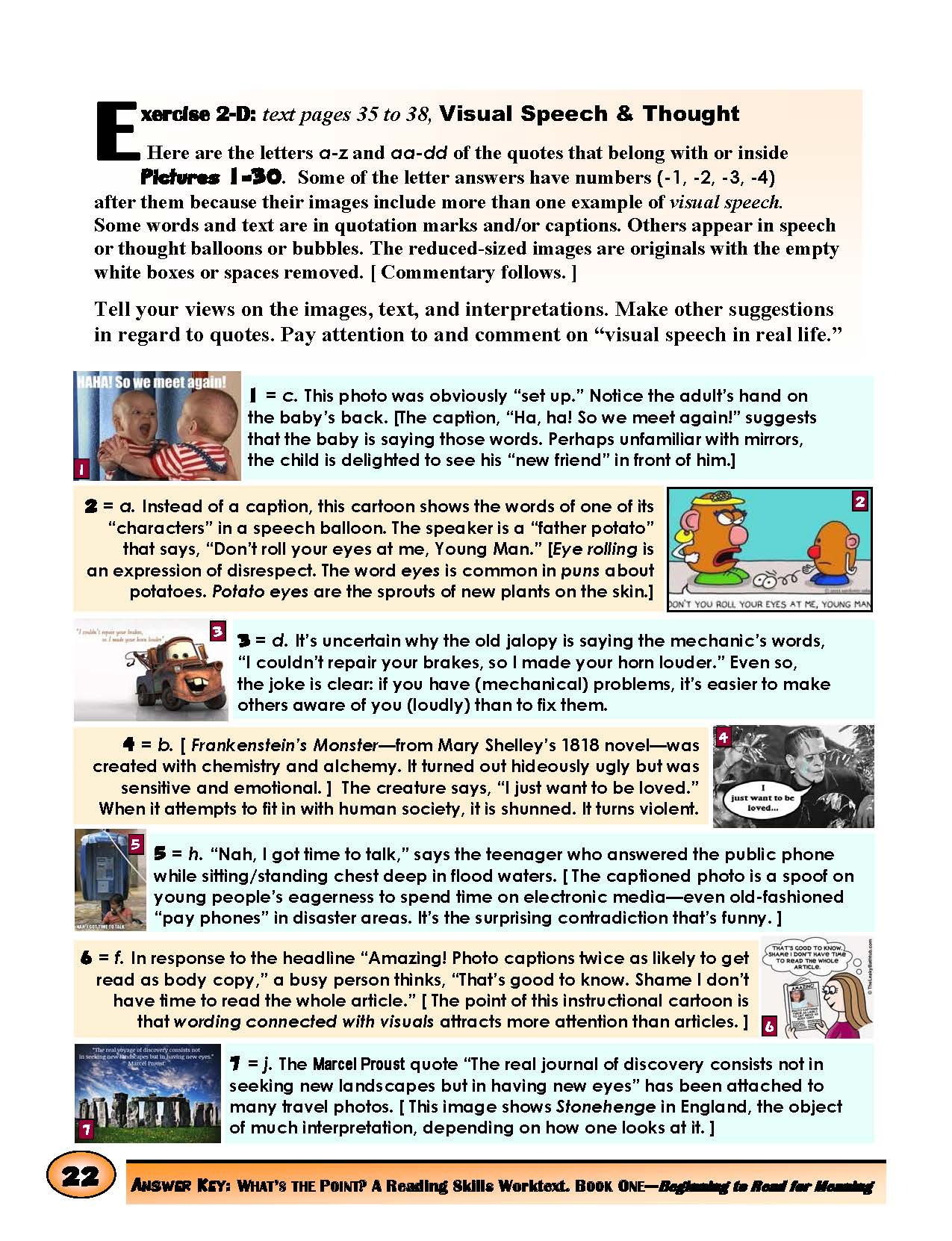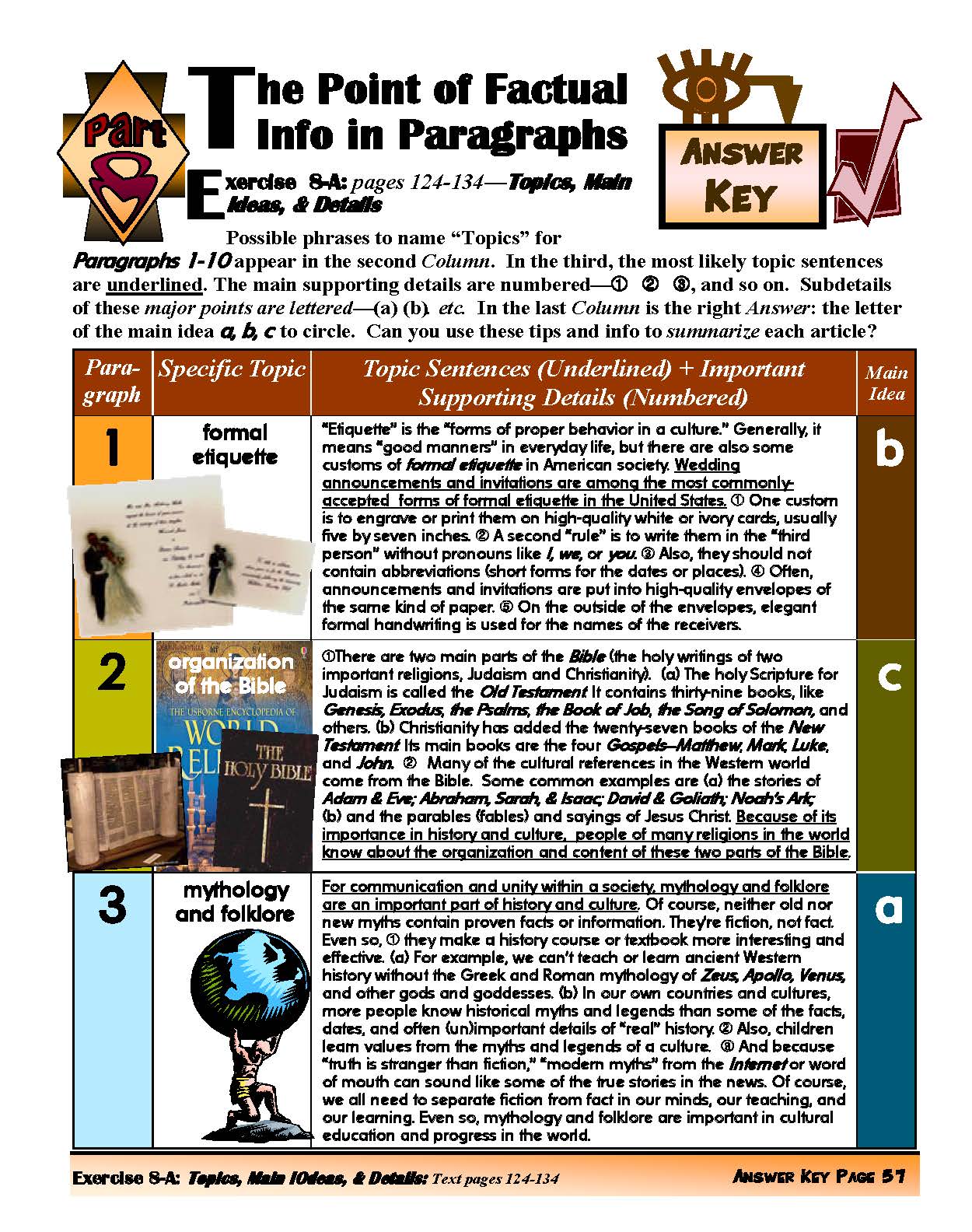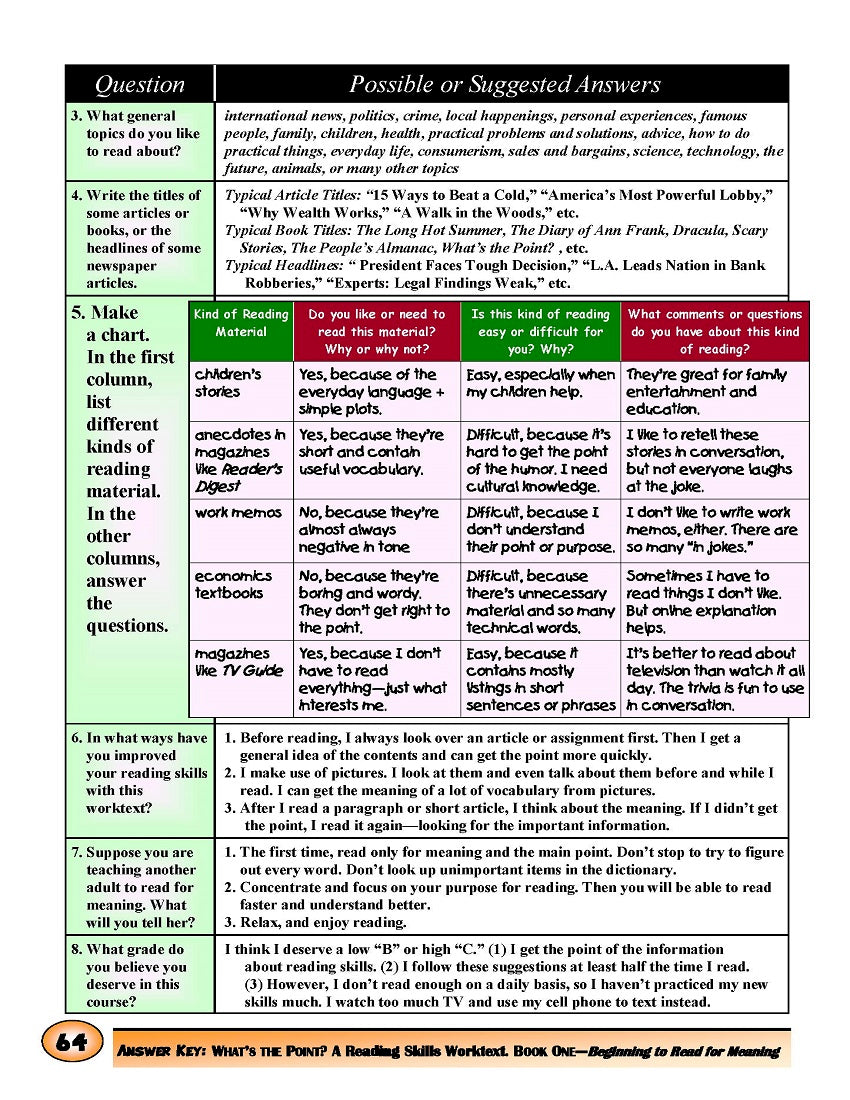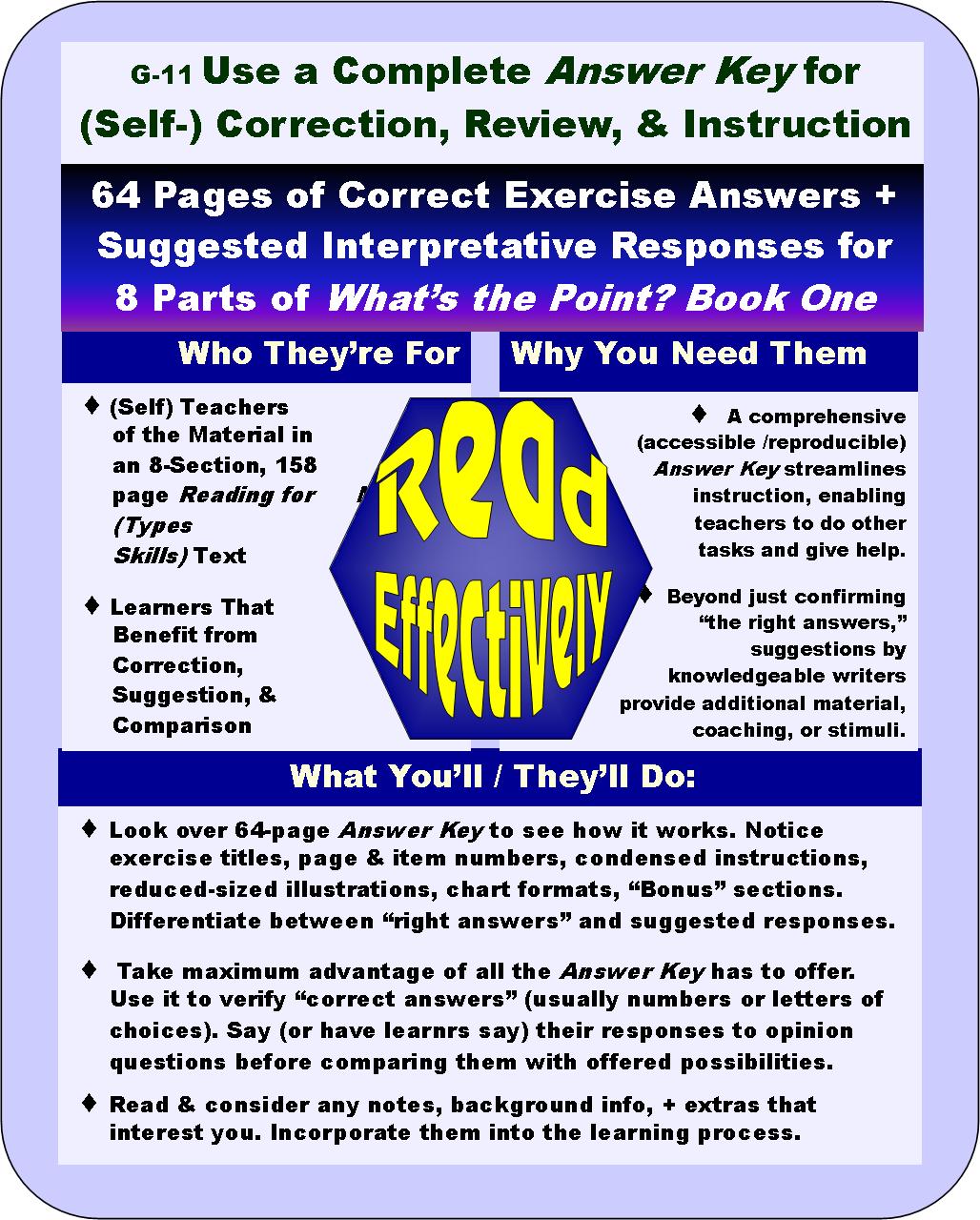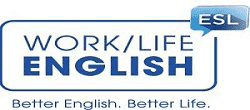Work/Life English
F-07.16 Use an Answer Key for Getting the Point of Eight (8) Kinds of Reading Material
F-07.16 Use an Answer Key for Getting the Point of Eight (8) Kinds of Reading Material
Description:
This dynamic 64-page Answer Key is designed to complement the comprehensive 158-page What’s the Point? Book One: Beginning to Read for Meaning. Unlike typical dull answer keys, this one is colorfully illustrated, providing not only correct answers but also additional learning material and coaching. Streamline instruction, offer individual help, and stimulate further discussion with this accessible and valuable resource.
Key Components:
- Comprehensive Resource.
- Colorful Illustrations.
- Suggested Responses.
- Visual Learning
- Streamlined Instruction.
- Additional Material.
- Interactive Onscreen Version.
Pages:
64 pages
Who They're For:
- (Self) Teachers: Streamline instruction, provide individual help, and offer correction and suggestions.
- Learners: Benefit from correction, suggestion, comparison of reactions, and triggers for further research.
Why You Need It:
Most printed Answer Keys make for rather dull reading or referencing. Not this one. Heavily illustrated in color, its 64 pages—corresponding to the 158-page text, What’s the Point? Book One: Beginning to Read for Meaning, provide plenty of feasible learning material on their own. That’s because they display (reduced-sized) replicas of some text material and most visuals. So not only is the Key a comprehensive (accessible / reproducible) resource that streamlines instruction so instructors can give individual help. Beyond confirming “the right answers,” it also offers profuse “texting” that contributes additional material, coaching, and/or stimuli. And if you use the onscreen version, you can easily enlarge images to analyzable size.
What You’ll / They’ll Do:
[1] Look over 64-page Answer Key to see how it works. Notice exercise titles, page & item numbers, condensed instructions, reduced-sized illustrations, chart formats, “Bonus” sections, and more. Differentiate between “right answers” and suggested responses.
[2] Take maximum advantage of all the Answer Key has to offer. Use it to verify “correct answers” (usually numbers or letters of choices). (Have learners) Say your / their responses to opinion questions before comparing them with offered possibilities.
[3] Read & consider any notes, background info, + extras that interest you. Incorporate them into your / their (by now accustomed) reading / learning / researching processes.
Couldn't load pickup availability
